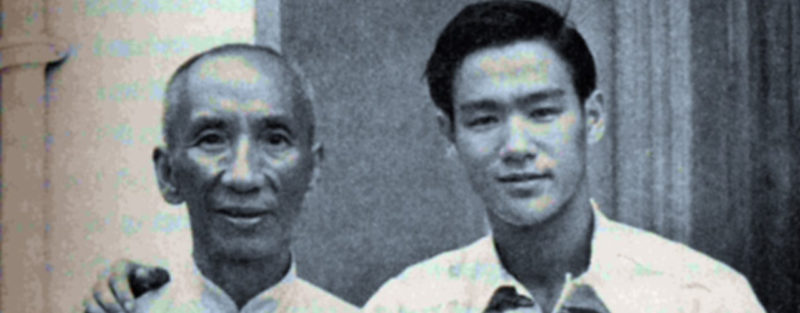The footsteps of Wing Chun come from the Shaolin Temple at the time of the Qing Dynasty – that’s where the legend begins…
But where this hidden style really started to grow and get a new boost was in Foshan, and Hong Kong’s narrow alleys and on its roof tops, where the Wing Chun fighters had many duels and fights with other kung fu schools, especially with Choy Li Fut practitioners.
There are different lineages of Wing Chun, as the masters all have something unique that they added to the basics, thereby creating another complete system. This is something very natural, as Bob Marley expressed very well: “Give me the food, and let me grow.” The important thing is that someone understands the essence of the teachings well enough before incorporating his own modifications or changes, and avoids ego-driven changes to the art, to avoid destroying the art instead of building upon it. In China they think a style is strong enough only after the 3rd generation of practitioners are still doing it.
One of the most famous lineages is the so called “Yip Man” lineage. Yip Man was the teacher of Bruce Lee. But Bruce Lee wasn’t the only great wing chun fighter. William Cheung, Wong Shun Leung, Hawkins Cheung, Duncan Leung – just to mention a few of the great wing chun warriors – were also famous fighters in their time. Grandmaster William Cheung was Bruce Lee’s friend and also his teacher.
About Wing Chun’s attributes:
Wing Chun is a close range combat system, which has two main emphases: structure and sensitivity.
Compared to other kung fu styles, Wing Chun has only a few forms:
- the three empty hand forms (Siu Lim Tao, Chum Kiu, Biu Jee)
- a form with the wooden dummy (Mook Yan Jong),
- and two forms with the weapons of Wing Chun: the butterfly swords and the long staff (Baat Jam Do and Luk Dim Boon Kwan).
The training has a strong focus on learning to generate the greatest power at the shortest distance between ourselves and the opponent, how can we control the chaos of a fight as quickly as possible, and finish the fight as soon as possible. Wing Chun is also famous for the “Sticky Hands” training exercises, which develop very good sensitivity and contact reflexes.

